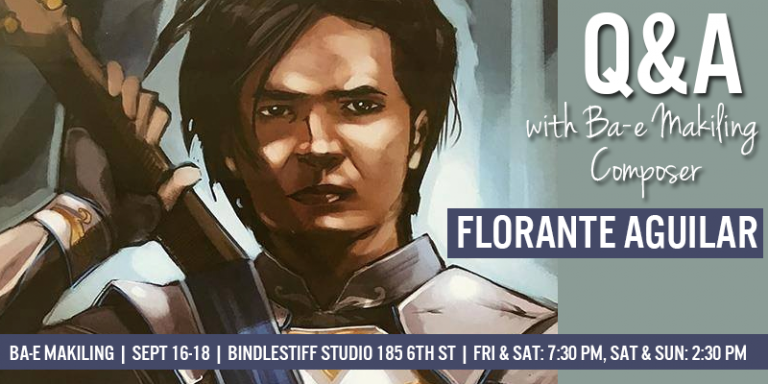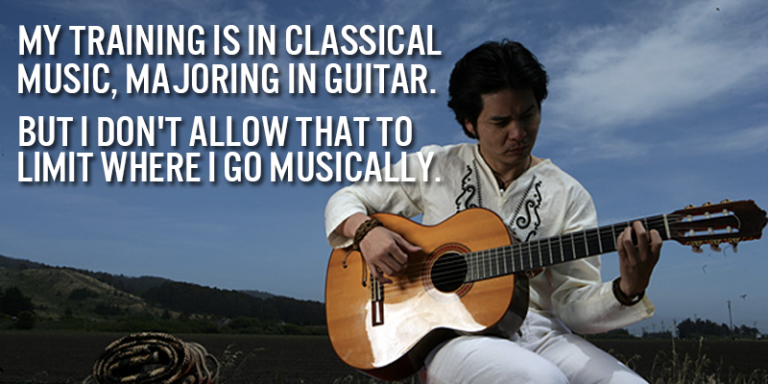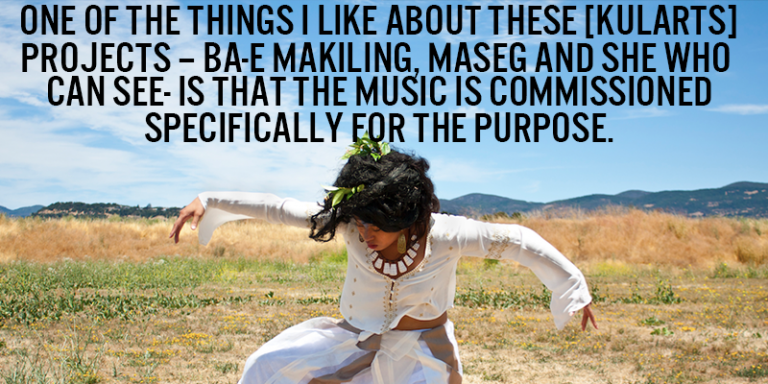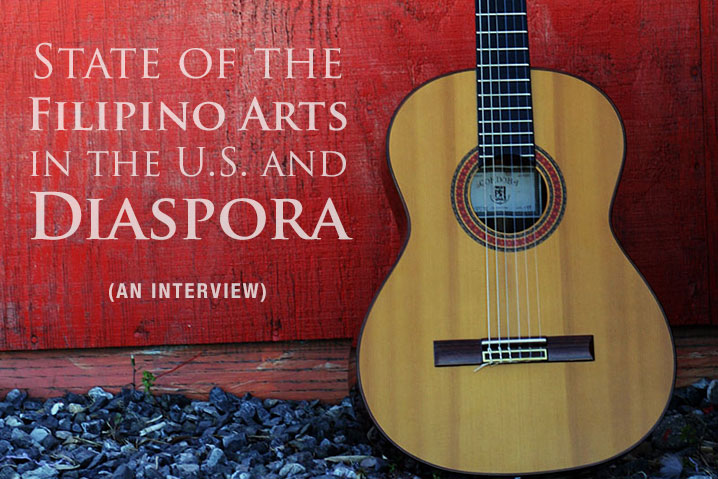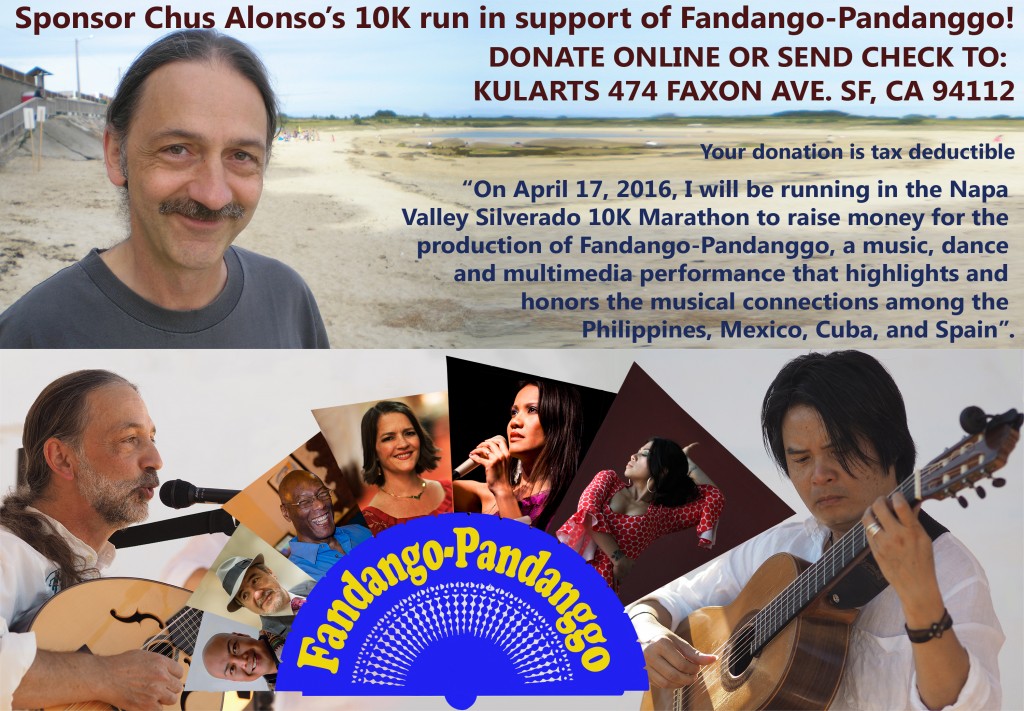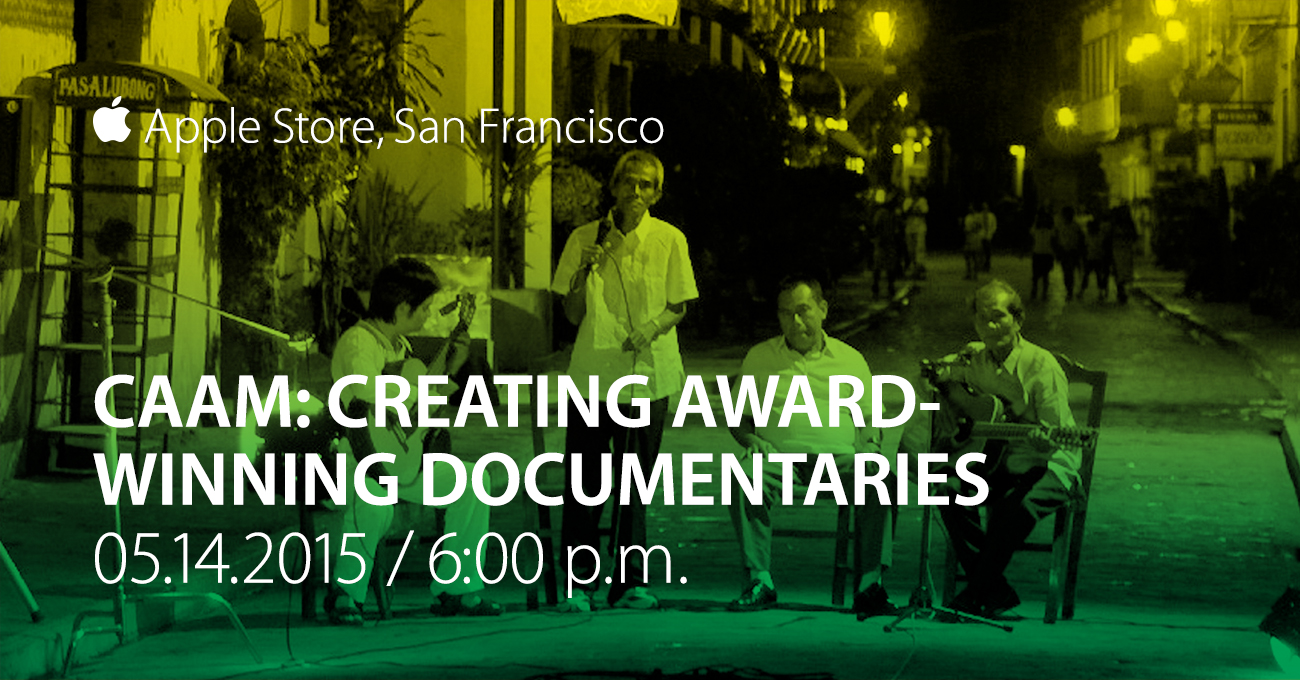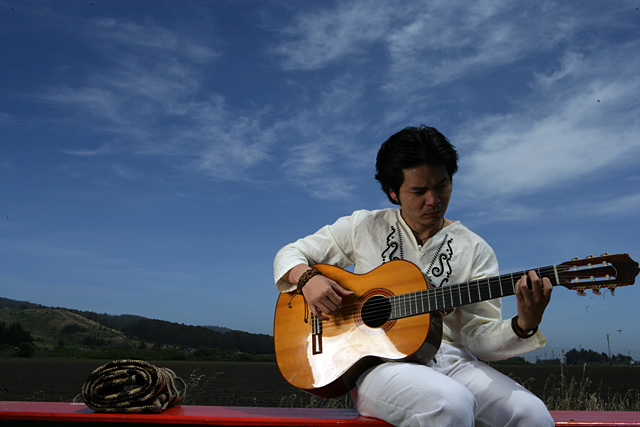It’s a powerful experience when a song you wrote is sung by two of the best singers you know. Thank you Arwen Lawrence and Charmaine Clamor for such a privilege! And Jorge Liceaga for joining me on the guitar.
This song is an ode to the traditional Philippine harana but written from the perspective of those behind the window – the serenaded. Performed live at the Fandango-Pandanggo concert in SF May 2016.
NAGHIHINTAY (Waiting)
Words & Music by Florante Aguilar
Kay lambing ng harana
Ako’y naghihintay
Taginting ng kutyapi
Maluwalhati.
Sa gitna ng karimlan
Aking naramdaman
Ang tinig na kay lamig
Na sa panaginip ko’y naririnig.
Ang tala sa hilaga’y kusang nagniningning
Ang himig ng harana’y tila dumarating
Kailan? O kailan ba?
My attempt at translation below. It’s not quite the same in Tagalog.
How tender is the serenade
I am waiting
The tinkling of the lute
Glorious.
In the midst of darkness
I feel
The pleasant voice
I hear only in my dreams.
The star in the north brightly shines
Melody of harana I hear coming
When? O When?
